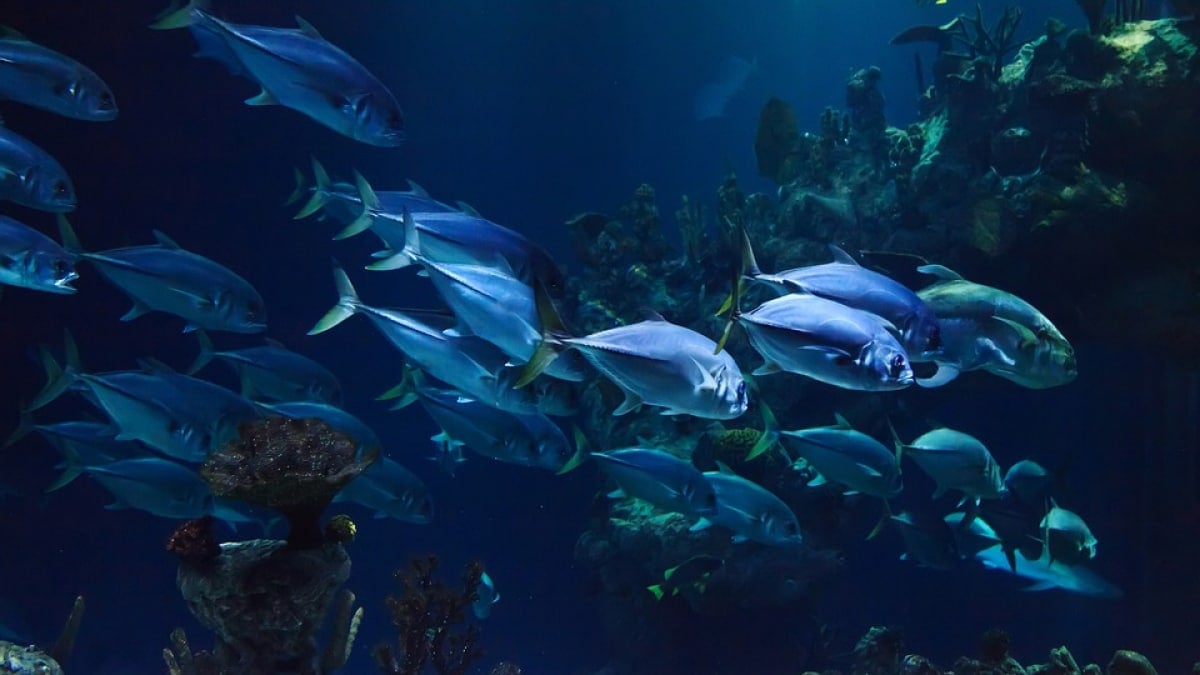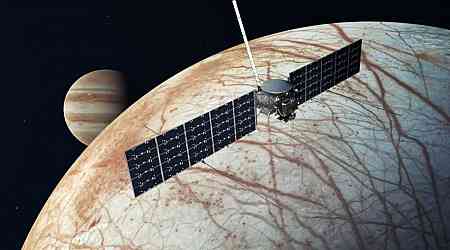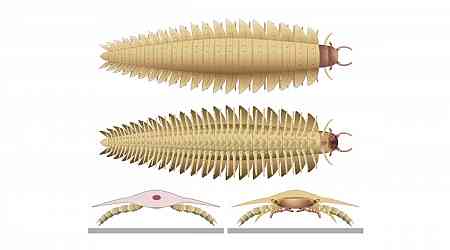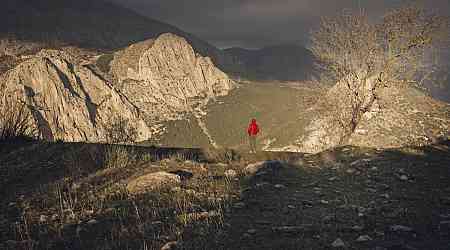A recent exploration of the Pacific seabed has led to a groundbreaking discovery of animals living underground near deep-sea hydrothermal vents. Researchers from the Royal Netherlands Institute for Sea Research, led by marine biologist Sabine Gollner, used a deep-diving robot named SuBastian to dig into the ocean floor at the East Pacific Rise. The area is where two tectonic plates meet and gradually spread apart. The team uncovered cavities beneath the seabed harbouring giant tubeworms, snails, and bristle worms. These species were previously known to live around vents but had never been found underground until now.
Unique Ecosystem Under the Seafloor
The research team found that the ocean's unique hydrothermal vent ecosystem stretches below the seafloor. The vents, known for spewing superheated, chemical-rich water, provide the ideal environment for these animals. Giant tubeworms, which can grow up to 10 feet, live in these extreme conditions. However, unlike other animals, tubeworms don't consume food in the usual way. They rely on bacteria in their bodies that turn sulfur in the water into energy.
New Insights into Marine Connectivity
The deep-diving robot used arms equipped with chisels to dig through the volcanic rock, revealing cavities below the lava plates. These underground habitats were warm and fluid-filled, providing a haven for life. The discovery shows that larvae from animals living on the seafloor may migrate into these cavities, connecting surface and subsurface ecosystems. According to Sabine Gollner, this changes our view of how interconnected marine ecosystems are, extending our understanding of life beyond just the ocean floor.
This discovery adds to the growing knowledge of life thriving in extreme environments, shedding light on the resilience of marine organisms in the deep ocean.
































